
Solar panels imported or manufactured in the European Union are subject to various regulations, directives and standards. Ensuring compliance requires that the solar panels meet certain technical requirements. In addition, solar panels must be correctly labelled, documented, and tested.
This guide explains how requirements from regulations and directives, such as the General Product Safety Regulation and the Low Voltage Directive, apply to solar panels sold in the European Union.
Note: This guide only covers solar panels (also referred to as “solar modules” or “photovoltaic modules”). It does not cover the entire solar or photovoltaic system, which may contain components such as frames, battery packs, and inverters.
Continue reading Solar Panel Regulations in the European Union: An Overview


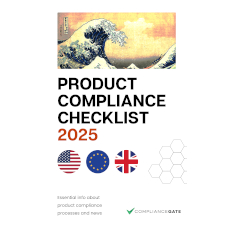








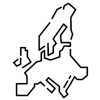



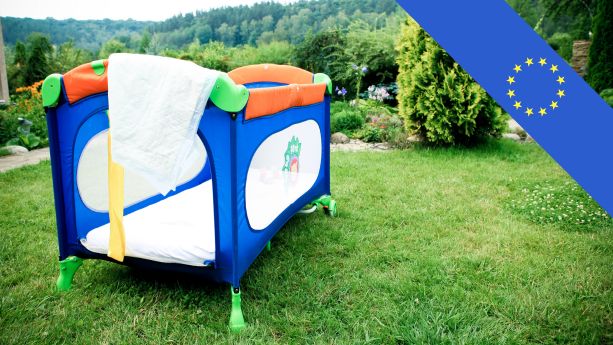
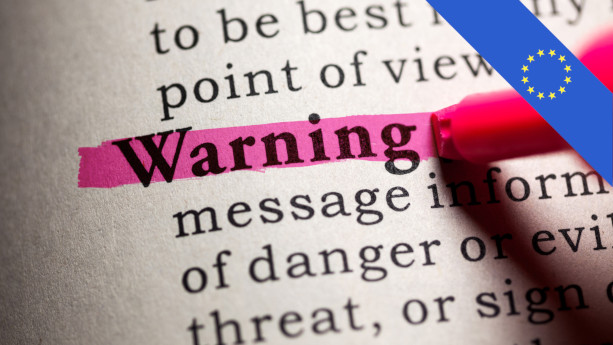
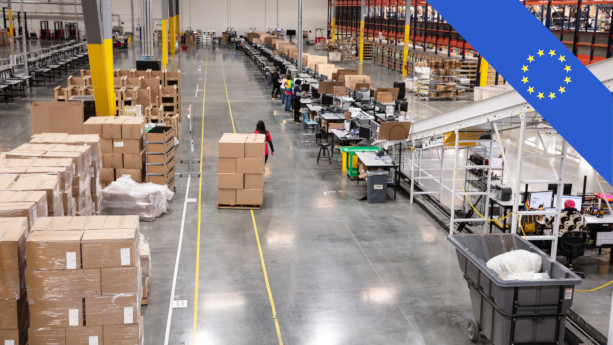
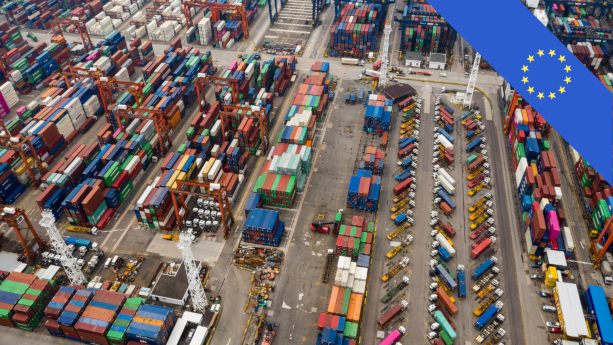


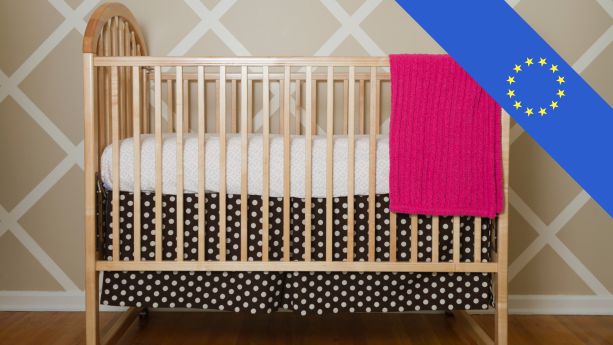
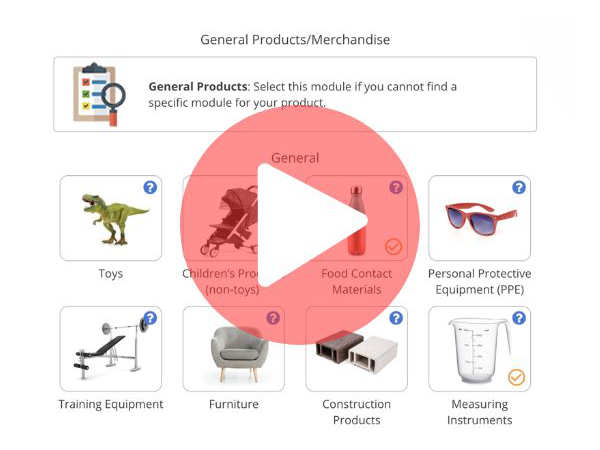
 Create compliance checklists for your product (US, EU & UK)
Create compliance checklists for your product (US, EU & UK) 20+ product certificate templates
20+ product certificate templates Create label files
Create label files Book product testing
Book product testing